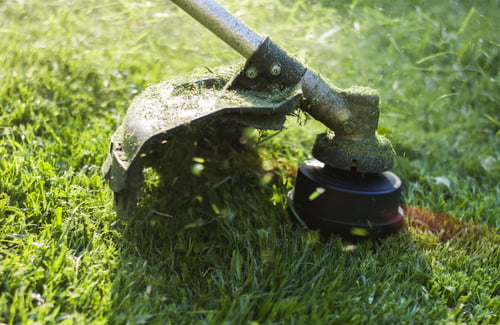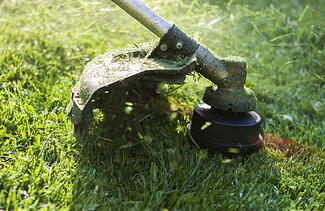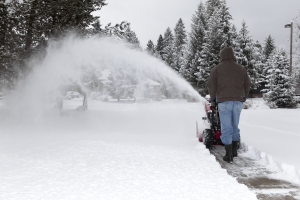Look Before You Pump
'Look Before You Pump' is the name for the educational campaign launched by the OPEI - the Outdoor Power Equipment Institute, designed to educate...

 Football games ended, and March Madness too. This means that spring is here and it's time to take your power tools out of storage and prep them for use around the lawn and garden.
Football games ended, and March Madness too. This means that spring is here and it's time to take your power tools out of storage and prep them for use around the lawn and garden.
Usually, when it comes time to store them, we simply stow them on the floor or the wall of a dusty garage. For the next eight months, we do not think about them.
So, when we bring out the weed whacker to begin getting our lawn and flower bed areas in shape, it is not really a surprise that it won't start. In all likelihood, it is not broken; probably the ethanol gasoline you left in it when you put it in the garage last year clogged your equipment.
Ethanol gasoline is the archenemy of 2-cycle and small gas engines. Ethanol gas goes stale very quickly. In addition, once it becomes stale it undergoes a process called fuel phase separation.
When your fuel separates, it forms three layers:
When you try to start your small engine, it may suck up the water causing it to sputter and stall. Or, it's clogged with debris that built up from fuel phase separation – a gel like gunk in your fuel system.
Drain the gas out of the tool in a responsible way. Replace it with fresh fuel (and add oil for two-cycle equipment) then add a non-alcohol based fuel stabilizer. The fuel stabilizer counteracts the effects of the added ethanol and keeps your engine from developing new ethanol related problems.
Did you make sure that the gas tank was full and you added a fuel stabilizer before storage? If so, the likely hood of that problem occurring is minimal. Sometimes just adding a fuel stabilizer is not enough. You may have to replace some parts such as the fuel lines before everything runs smoothly.

'Look Before You Pump' is the name for the educational campaign launched by the OPEI - the Outdoor Power Equipment Institute, designed to educate...
The federal government doesn't have the best reputation for spending tax dollars wisely. Some of us are old enough to remember the stories from the...

Winter and cold weather means that most people around the country are packing their small equipment – lawnmowers, ATVs, chainsaws and leaf blowers,...